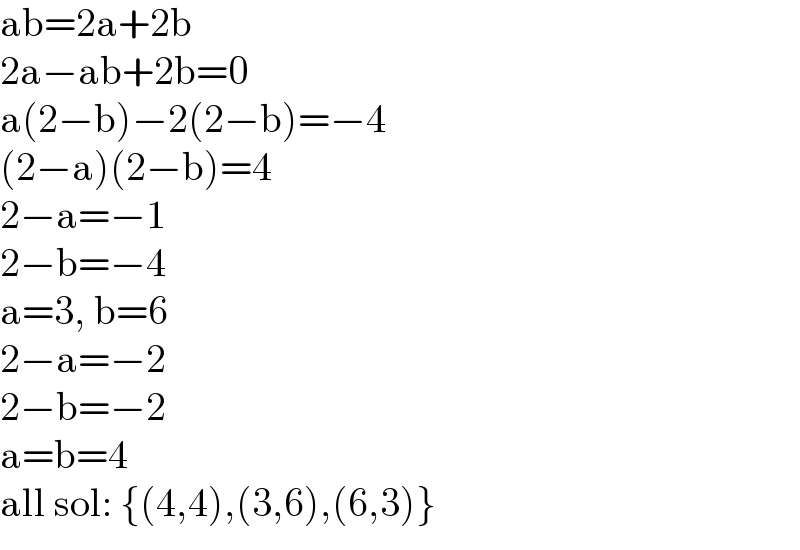
Question and Answers Forum
Question Number 170212 by otchereabdullai@gmail.com last updated on 18/May/22

Answered by aleks041103 last updated on 18/May/22

Commented by Rasheed.Sindhi last updated on 18/May/22

Commented by otchereabdullai@gmail.com last updated on 18/May/22

Commented by floor(10²Eta[1]) last updated on 18/May/22

Commented by floor(10²Eta[1]) last updated on 18/May/22

Commented by aleks041103 last updated on 19/May/22

Answered by aleks041103 last updated on 18/May/22

Commented by Rasheed.Sindhi last updated on 18/May/22

Commented by otchereabdullai@gmail.com last updated on 18/May/22

Answered by floor(10²Eta[1]) last updated on 18/May/22

Commented by Rasheed.Sindhi last updated on 18/May/22

